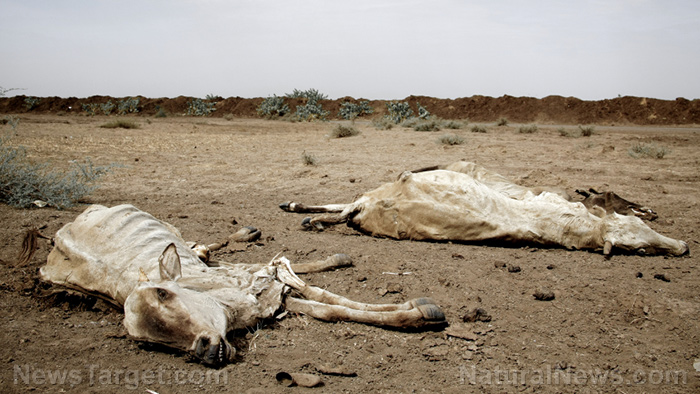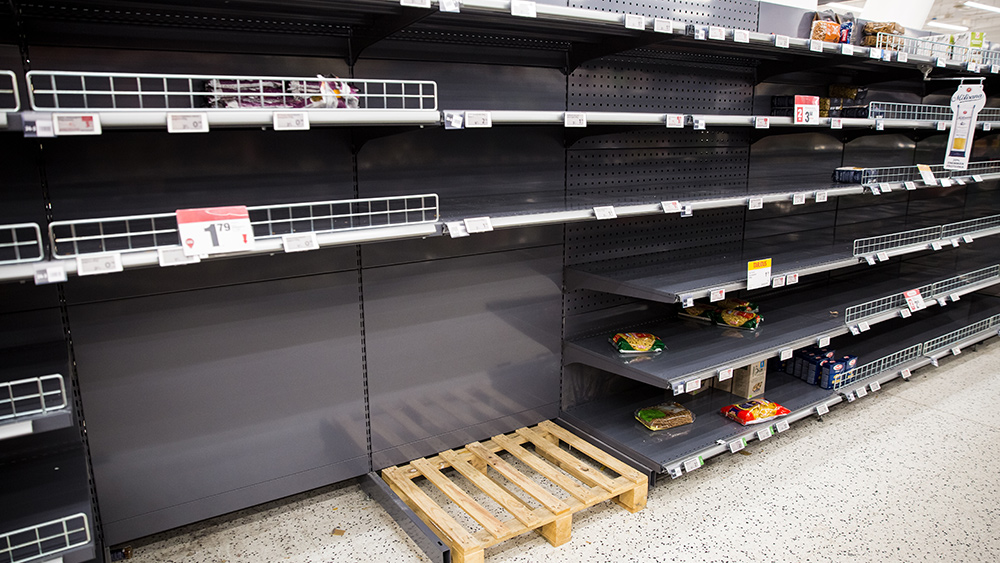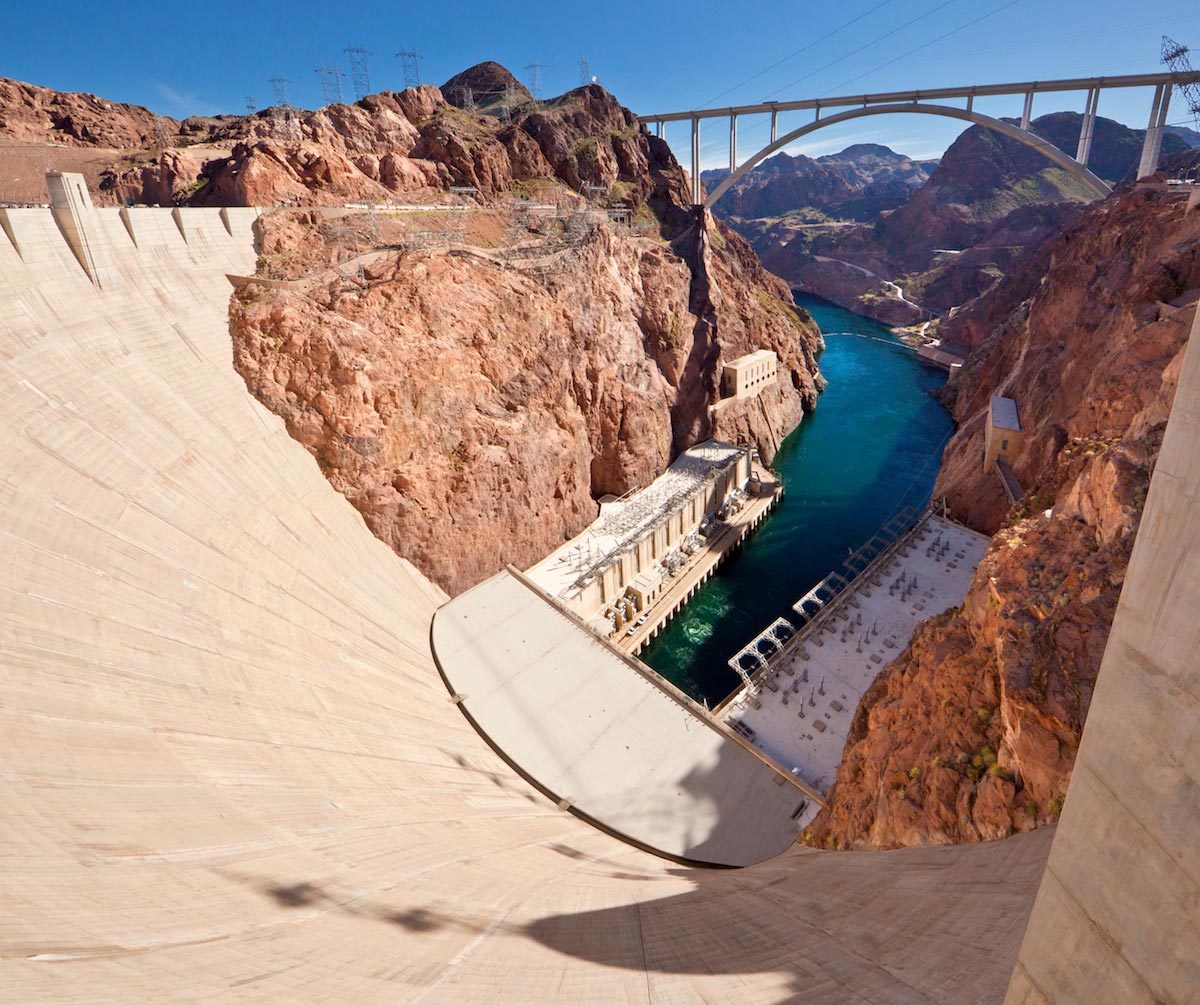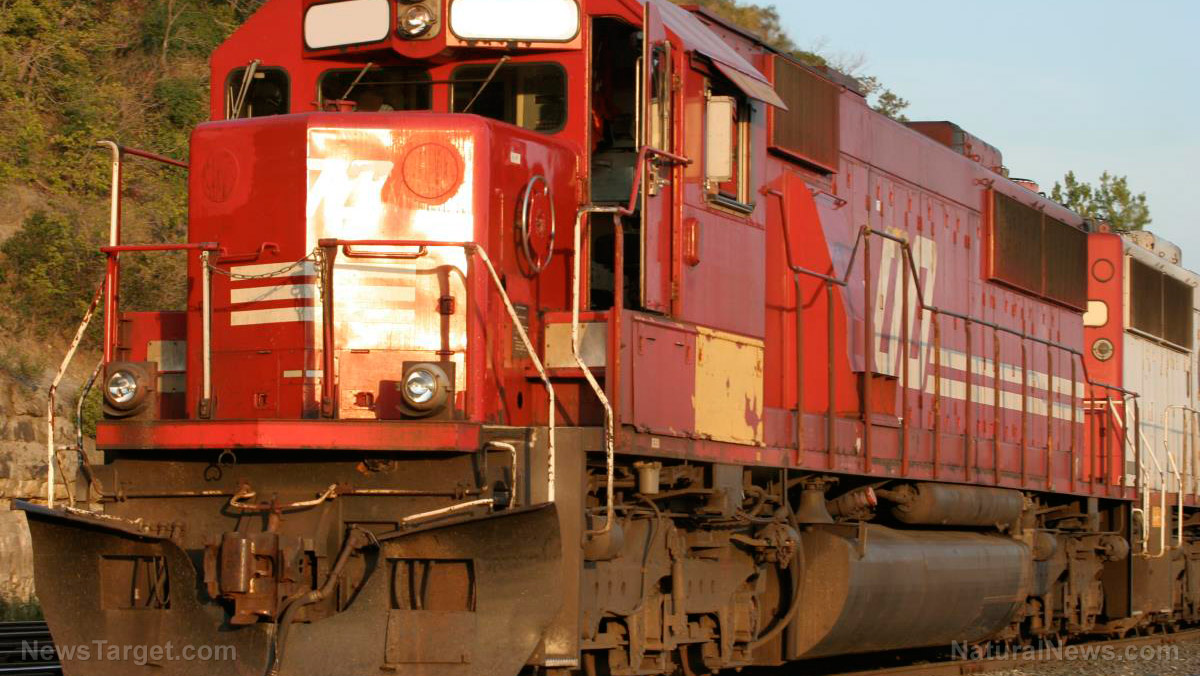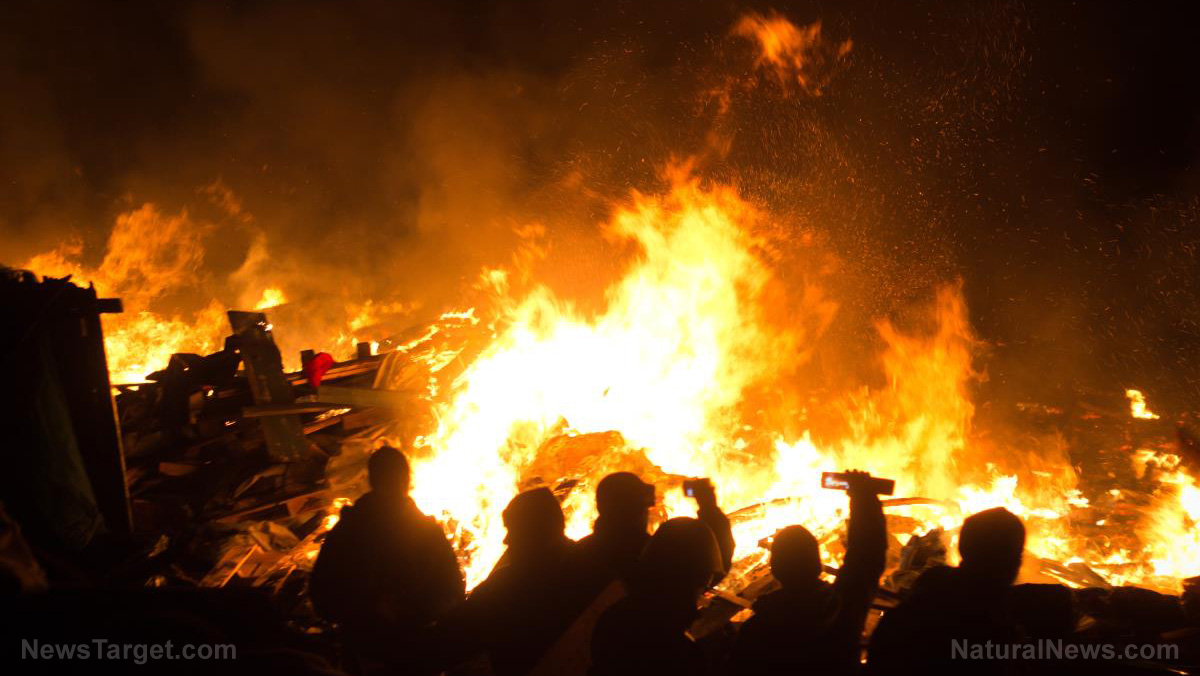WORKING THEORY: Mass die-off of cattle in Kansas could be due to deadly magnetosphere ‘rifts’ that let intense solar radiation through, warns David DuByne
06/26/2022 / By JD Heyes
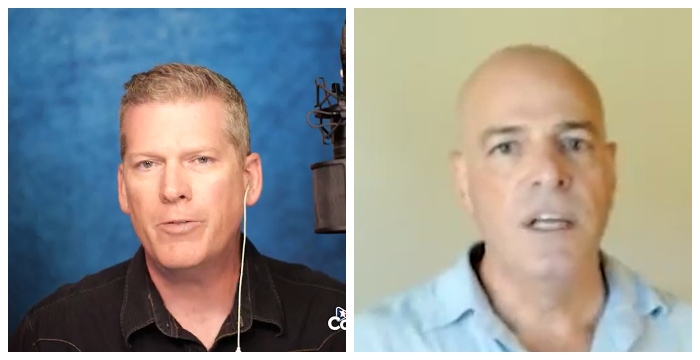
Over the past week, thousands of cattle in Kansas have died over what local farmers and officials are calling weather-related incidents.
According to mainstream media reports, the deaths are due to an extreme heat wave that is plaguing Kansas as well as the Greater Midwest in general, bringing temperatures that are in the upper 90s to low 100s.
Officials are saying that around 2,000 head have died in the heat, with Kansas Department of Health and Environment spokesman Matt Lara telling ‘FackCheck.org’ in an emailed statement that the weather had “made it difficult for the cows to stay cool.”
“Ranchers are always concerned about heat during the summer,” but this unusual heat created conditions that didn’t let the animals cool down at night, added Sam Capoun, spokeswoman for the Kansas Livestock Association.
“This was a true weather event — it was isolated to a specific region in southwestern Kansas,” noted A.J. Tarpoff, a cattle veterinarian with Kansas State University, in an interview with PBS. “Yes, temperatures rose, but the more important reason why it was injurious was that we had a huge spike in humidity … and at the same time wind speeds actually dropped substantially, which is rare for western Kansas.”
But is that really true? Could an ‘extreme weather event’ — heat — be so concentrated that it would only affect one area? Yes, according to another expert — but not simply because of ‘weather.’
In an interview last week with Natural News founder and editor Mike Adams, the Health Ranger, David DuByne of the Mini Ice Age Conversations podcast said that Earth’s magnetosphere is weakening, which is part of a natural process of magnetic pole flipping that has taken place at least hundreds of times that we know of, and probably more.
As the magnetosphere weakens — combined with ozone layer depletion — natural forces can cause “rifts” or gaping holes in the shielding that normally protects Earth from UVB rays emanating from the sun. UVB rays and other, shorter wavelength electromagnetic waves, are so dangerous to life on the surface of the Earth that they are blamed for extinction level events (ELE) that scientists believe wiped out the Neanderthals. (See sources below.)
The mass death of cattle in Kansas, in other words, could be an early warning sign that Earth’s magnetosphere is failing as the magnetic reversal accelerates. If this process accelerates, solar radiation could send “death beams” down upon the surface of the Earth at random times and locations, for years to come.
Even NASA supports what DuByne says.
“The magnetosphere is a permeable shield. The solar wind will periodically connect to the magnetosphere forcing it to reconfigure,” the space and research agency notes.
“This can create a rift, allowing energy to pour into our safe haven. These rifts open and close many times daily or even many times hourly. Most of them are small and short-lived; others are vast and sustained. With the Sun’s magnetic field connecting to Earth’s in this way, the fireworks start,” the agency adds.
The same piece noted that if those powerful beams from the sun were able to routinely reach the earth’s surface, then “life as we know it” would cease to exist:
Eftyhia Zesta of the Geospace Physics Laboratory at NASA’s Goddard Space Flight Center notes, “If there were no magnetic field, we might have a very different atmosphere left without life as we know it.”
Another NASA article says pretty much the same thing.
“Life as we know it would not exist,” the article states unequivocally. “Scientific concern over ozone depletion in the upper atmosphere has prompted extensive efforts to assess the potential damage to life on Earth due to increased levels of UV-B radiation.”
Here is Adams’ eye-opening interview with DuByne:
Sources include:
Submit a correction >>
Tagged Under:
Cattle, cattle deaths, Collapse, disinformation, heatwave, kansas, magnetosphere, magnetosphere depletion, mass death, NASA, solar rays, solar wind, space agency
This article may contain statements that reflect the opinion of the author
RECENT NEWS & ARTICLES
COPYRIGHT © 2017 FOOD COLLAPSE

